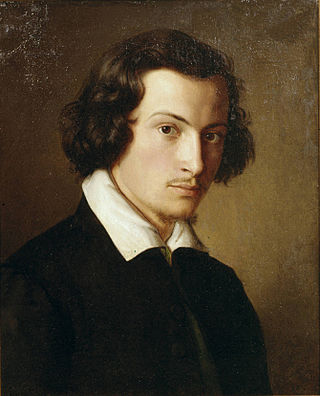
Philipp Veit was a German Romantic painter and one of the main exponents of the Nazarene movement. It is to Veit that the credit of having been the first to revive the nearly forgotten technique of fresco painting is due.

Peter von Cornelius was a German painter; one of the main representatives of the Nazarene movement. He was the uncle of the composer Peter Cornelius (1824–1874).
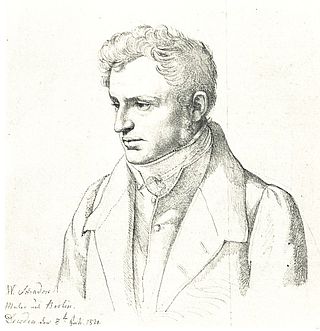
Friedrich Wilhelm von Schadow was a German Romantic painter.

Philipp Otto Runge was a German artist, draftsman, painter, and color theorist. Runge and Caspar David Friedrich are often regarded as the leading painters of the German Romantic movement. He is frequently compared with William Blake by art historians, although Runge's short ten-year career is not easy to equate to Blake's career. By all accounts he had a brilliant mind and was well versed in the literature and philosophy of his time. He was a prolific letter writer and maintained correspondences and friendships with contemporaries such as Carl Ludwig Heinrich Berger, Caspar David Friedrich, Johann Wolfgang von Goethe, Friedrich Wilhelm Joseph Schelling, Henrik Steffens, and Ludwig Tieck. His paintings are often laden symbolism and allegories. For eight years he planned and refined his seminal project, Tageszeiten, four monumental paintings 50 square meters each, which in turn were only part of a larger collaborative Gesamtkunstwerk that was to include poetry, music, and architecture, but remained unrealized at the time of his death. With it he aspired to abandon the traditional iconography of Christianity in European art and find a new expression for spiritual values through symbolism in landscapes. One historian stated "In Runge's painting we are clearly dealing with the attempt to present contemporary philosophy in art." He wrote an influential volume on color theory in 1808, Sphere of Colors, that was published the same year he died.

Philip James de Loutherbourg, whose name is sometimes given in the French form of Philippe-Jacques, the German form of Philipp Jakob, or with the English-language epithet of the Younger, was a French-born British painter who became known for his large naval works, his elaborate set designs for London theatres, and his invention of a mechanical theatre called the "Eidophusikon". He also had an interest in faith-healing and the occult, and was a companion of the confidence-trickster Alessandro Cagliostro.
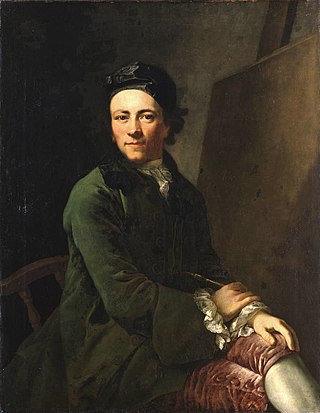
Anton Graff was an eminent Swiss portrait artist.

Jacob Philipp Hackert was a landscape painter from Brandenburg, who did most of his work in Italy.
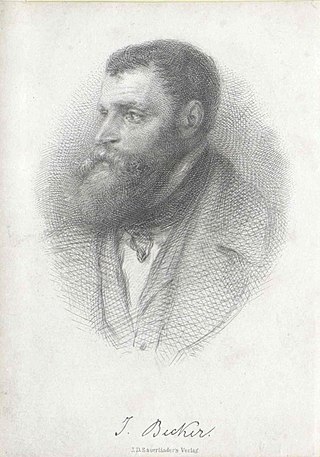
Jakob Becker was a German artist noted mainly for his genre paintings of peasants.
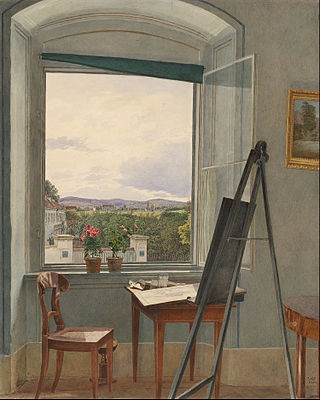
Jakob Alt was a German painter and lithographer.

Ludwig Hugo Becker was a painter and etcher. Becker was born at Wesel and studied landscape painting under Schirmer and Gude, at Düsseldorf, about 1852. He afterwards visited Westphalia, the Upper Rhine, the Moselle, Switzerland, Normandy, and the neighbourhood of the Baltic. In 1861 he was awarded a medal at Metz. He died at Düsseldorf in 1868. Among his landscapes the most important are:
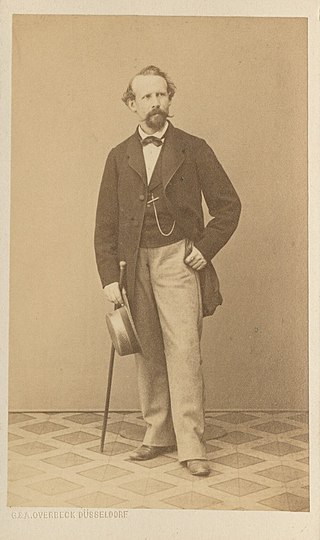
August Becker was a German landscape painter; associated with the Düsseldorfer Malerschule.
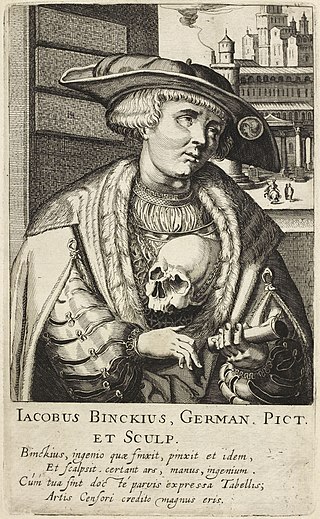
Jakob Binck was a German engraver, etcher, painter, medalist, copyist and art dealer. He was a peripatetic artist who worked for various courts in Northern Europe, especially the Danish court, and also resided in Antwerp for a while. As an engraver he is counted as a peripheral member of the Little Masters group.

Johann Wilhelm Cordes was a German landscape painter.

Carl Johann Adolf Eggers was a German history painter.

Karl Philipp Fohr, a brother of Daniel Fohr, was a German painter, born at Heidelberg in 1795.

Johann Jakob Frey, a Swiss landscape painter, a native of Basle, studied principally in Italy, and his views of that country are much valued. From Egypt, whither he accompanied Professor Lepsius, he brought many excellent sketches of the pyramids, labyrinths etc. It is to be regretted that he was obliged to make but a short stay on account of his health. His painting of 'Chamsyn in the Desert,' in the possession of the Emperor of Germany, was produced in 1845, and is greatly admired. He died at Frascati, near Rome, in 1865. The Modern Gallery at Munich has his Two Memnons near Thebes.
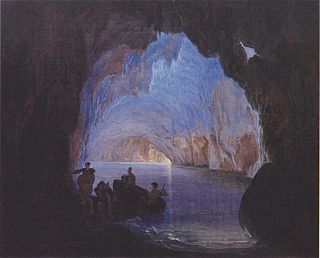
Heinrich Jakob Fried was a German painter.

Anton Burger was a German painter, draftsman and etcher.

Jakob Schlesinger, also Johann Jakob Schlesinger was a German painter and restorer.

Frederick William Keyl, born in Germany, was an animal painter in England; he received many commissions for paintings from Queen Victoria.





















